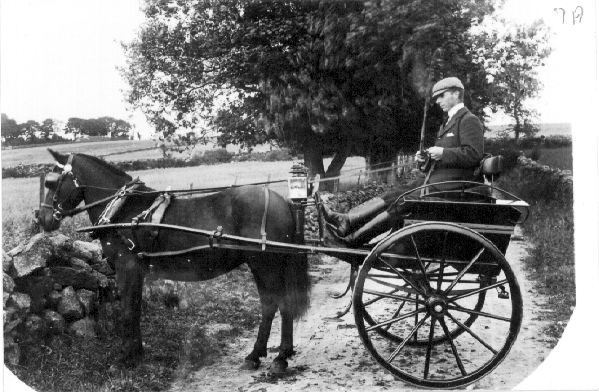History
UNIVERSITY OF ABERDEEN
CENTRE FOR CONTINUING EDUCATION
By John Ritchie, for many years Manager of Tom’s Forest Quarry, Kintore.
In taking a retrospective view of the Granite Industry, I may say in commencement that the writer has had over 30 years practical experience in all its branches both at home and abroad. There is an old saying, "Though you lead a donkey round the World, he will be a Donkey when he comes back." Still it may be of interest to review the various phases which have taken place, and the altered conditions and facilities of working granite during those years.
Every community has its share of legends handed down from the past. Over the years some of the facts may get lost or sometimes the story may get embellished, occasionally two or more tales may get joined together. In Kemnay there was a story of an effigy of a Burnett laird being burnt but of the rest of the tale, no one seemed to remember much about it.
Being the oldest timber merchant in these parts, I have been asked to collect a few memories of lumbering upon Deeside, and to set them down in writing. It is well to understand that I claim no experience whatsoever in composition beyond the dictating of very brief business missives.
Several elements require to be present if oral history is going to be interesting and successful. Among these it is necessary to have a good rapport with the interviewee, a common interest and knowledge in the subject under discussion and the ability to 'draw' or extract information simply without seeming to pry.
Objective: To try and trace the changes and developments occurring over the years of that area of ground at Parkhill/Kirkstyle, Kemnay, which for almost two centuries has been the site of a joinery business with a croft.
The history of Kemnay and its people.
Our family originated in upper Deeside and there has always been a family belief that there was a connection with John Brown of Queen Victoria fame. Whether this is a fact to be proud of or not is a different matter.

